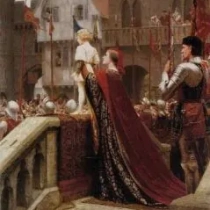 1853 - 1922
pre-raphaelites
1853 - 1922
pre-raphaelites
Description Edmund Blair Blair Leighton
Edmund Blair Leighton, a Victorian artist born in 1853, brushed the canvas with the enchantment of medievalism. In an era of industrial upheaval, Leighton transported viewers to a world of knights, maidens, and chivalric romance. Trained at the Royal Academy, he mastered historical accuracy while weaving tales of bygone epochs.
Leighton's art was a bridge to the Romantic ideals of chivalry. His meticulous attention to detail, seen in works like "God Speed" and "The Accolade," transformed historical subjects into poetic narratives. He didn't merely paint scenes; he crafted timeless sagas where honor and love became brushstrokes.
A founding member of the Royal Watercolour Society, Leighton's artistic pursuits extended beyond oils. His watercolors, characterized by a delicate touch, illuminated his penchant for capturing ephemeral beauty. His illustrations for literary works reinforced his commitment to merging art and storytelling.
As an Academician, Leighton contributed to the Victorian art establishment. His presidency at the Royal Academy marked an era where traditional values intersected with the winds of change. In an age enamored with innovation, he stood as a guardian of classical aesthetics.
Leighton's life mirrored the ethos of his art—regal and poised. His art studio, a sanctuary of creativity, bore witness to the creation of masterpieces that transcended the temporal confines of the Victorian era. The artist's untimely death in 1922 marked the end of an epoch, but his legacy endures in the tapestry of romanticized history he wove, a testament to an artist who painted not just with pigments but with the hues of chivalric dreams.
Gallery
Quotes
The greatest achievement of the artist is to remain true to oneself and to put one’s soul into the painting, regardless of the subject.
Art is a harmony parallel with nature.
Every artist dips his brush in his own soul, and paints his own nature into his pictures.
In art, the hand can never execute anything higher than the heart can imagine.
A picture must possess a real power to generate light and for a long time now I’ve been conscious of expressing myself through light or rather in light.
F.A.Q Section
"The Accolade" (1901): Depicts a knight bestowing knighthood upon a lady, emphasizing chivalric ideals.
"The End of the Quest" (1920): Illustrates a knight's return after a quest, capturing a sense of longing and fulfillment.

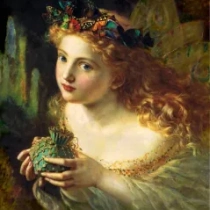
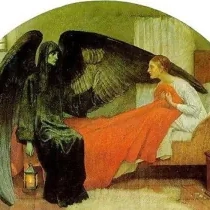
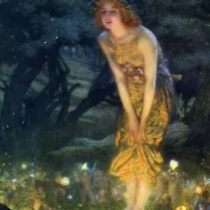
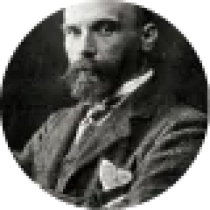
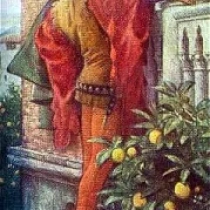
No Comments Yet...